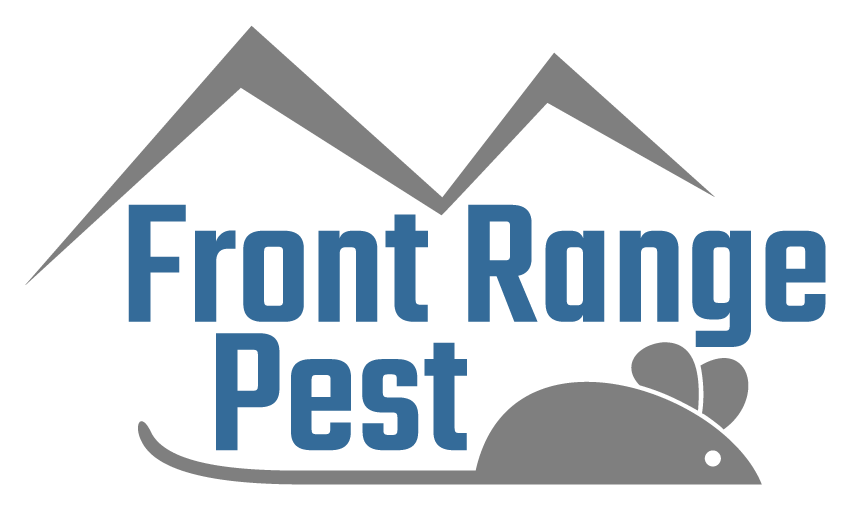Cluster Flies and Other Winter-Invading Flies in Colorado Homes

As temperatures drop, certain insects begin seeking shelter indoors. Among the most common “nuisance invaders” in Colorado are cluster flies, which often become a prominent presence in homes and buildings during the cool months. Other flies, such as blue bottle flies and the black blow fly, may also take advantage of warm, dry indoor spaces.
What Are Cluster Flies?
Cluster flies (Pollenia species) are slightly larger than house flies, dull grayish-brown, and often have golden, tangled hairs on their thorax. Unlike filth flies, they do not develop in garbage or decaying matter. Instead, their larvae are parasites of earthworms, feeding on them in soil before emerging as adults.
Cluster flies are most common in areas with moist soil, irrigated lawns, and nearby waterways, and they are particularly prevalent in higher-elevation Colorado communities. Adults are active outdoors from spring through autumn, but as the days shorten in late summer, they begin seeking warm, sheltered spots indoors for the winter.
How Harboring Pests Invade Homes
From mid-August through early October, cluster flies gather on sun-warmed walls and can enter buildings through tiny cracks around windows, vents, or siding. Once inside, they cluster in wall voids, attics, and other quiet spaces, entering a semi-dormant state called diapause. Dormant flies do not reproduce indoors and remain largely inactive until spring, though some may wander into living areas, creating a nuisance.
Other Common Winter-Invasive Flies
- Blue bottle flies (Calliphora species) – metallic blue abdomen; scavengers that can reproduce year-round if food is available.
- Black blow fly (Phormia regina) – dark-colored; enters full winter dormancy similar to cluster flies.
Preventing and Managing Harboring Insects
The most effective way to control these winter invaders is to prevent entry:
- Seal all potential entry points by mid-August, including cracks around windows, vents, and siding. Focus on sun-exposed sides and upper areas of the building.
- Targeted insecticides can supplement sealing by treating exterior cracks and crevices. Pyrethroid sprays and desiccant dusts (like diatomaceous earth) can kill flies in wall voids, but professional application is recommended.
- Light traps in attics or corridors can capture migrating flies, though traditional fly paper or bait traps are ineffective.
Outdoor treatments targeting larval stages are largely ineffective, as cluster flies develop in earthworms and can travel long distances before seeking shelter.
By proactively sealing buildings and understanding the habits of cluster and other winter flies, homeowners can reduce indoor infestations and enjoy a fly-free winter.
Front Range Pest is your local, licensed pest control professional, certified to service both residential and commercial properties in Colorado and Wyoming. Contact them today to schedule your pest barrier treatment.
_____
Front Range Pest is your trusted, family-owned pest and wildlife control company serving central Colorado and southern Wyoming. Our certified technicians have the expertise and credentials to ensure effective pest management for your home or business. As your all-in-one insect and wildlife specialists, we offer peace of mind by identifying wildlife entry points, removing nuisance pests, sealing access areas, performing cleanup, and making essential repairs. Schedule an inspection with us today.
Written by the Digital Marketing Team at Creative Programs & Systems: https://www.cpsmi.com/.
